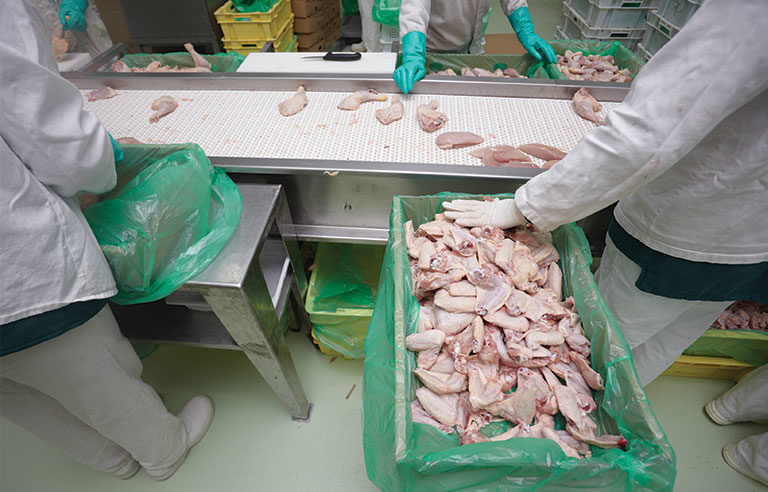Lawmaker claims opponents of increased line speeds for poultry workers ‘jettison’ scientific data

Washington – Rep. Doug Collins (R-GA) says lawmakers who cite concerns about worker safety when opposing his call to increase poultry-processing line speeds are willfully ignoring scientific data.
Collins specifically questions Democrats in an op-ed piece published Sept. 27 in The Hill.
In June, a group led by Rep. Rosa DeLauro (D-CT) sent a letter urging Secretary of Agriculture Sonny Perdue to decline any proposal to increase line speeds, upholding action the Department of Agriculture took in a 2014 final rule. Collins sent his own letter to Perdue in May.
Under the rule, maximum line speeds remained capped at 140 birds per minute. Other plans proposed raising the top speed to 175 birds per minute, a move Collins said is feasible based on practices in poultry operations in Canada, Europe and Asia.
“Liberals appropriate the stories of individual poultry employees without disclosing that they don’t actually work in the lines in question here,” Collins writes. “They jettison a host of scientific data because it is inconvenient to their narrative of doom, gloom and righteous indignation.
“We serve our neighbors best when we allow evidence to mobilize our empathy. Scientific analysis demonstrates that innovation has simultaneously improved worker safety, product quality and operational efficiencies across the poultry industry, which means that they’re protecting and stewarding America’s most valuable resource – our workers.”
Collins points to improved technology in U.S. poultry plants that is built to foster worker safety, and cites a USDA Food Safety and Inspection Service pilot program established in 2007 for plants overseeing operations of up to 175 birds per minute. He also stresses that proposals would boost line speeds in first processing zones, which cover poultry inspections. The second processing zone, which operates separately and involves bone removal, would not be affected.
An April report from the National Employment Law Project uses Bureau of Labor Statistics data to show poultry workers are 1.6 times more likely to suffer work-related injuries and illnesses.
The Collins op-ed cites BLS data showing injury and illness rates in the poultry industry have fallen 81 percent since 1994.
Post a comment to this article
Safety+Health welcomes comments that promote respectful dialogue. Please stay on topic. Comments that contain personal attacks, profanity or abusive language – or those aggressively promoting products or services – will be removed. We reserve the right to determine which comments violate our comment policy. (Anonymous comments are welcome; merely skip the “name” field in the comment box. An email address is required but will not be included with your comment.)

